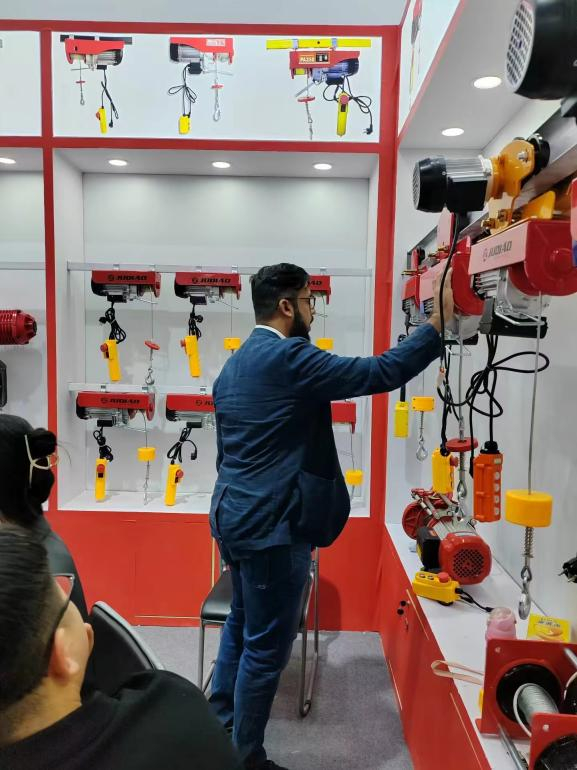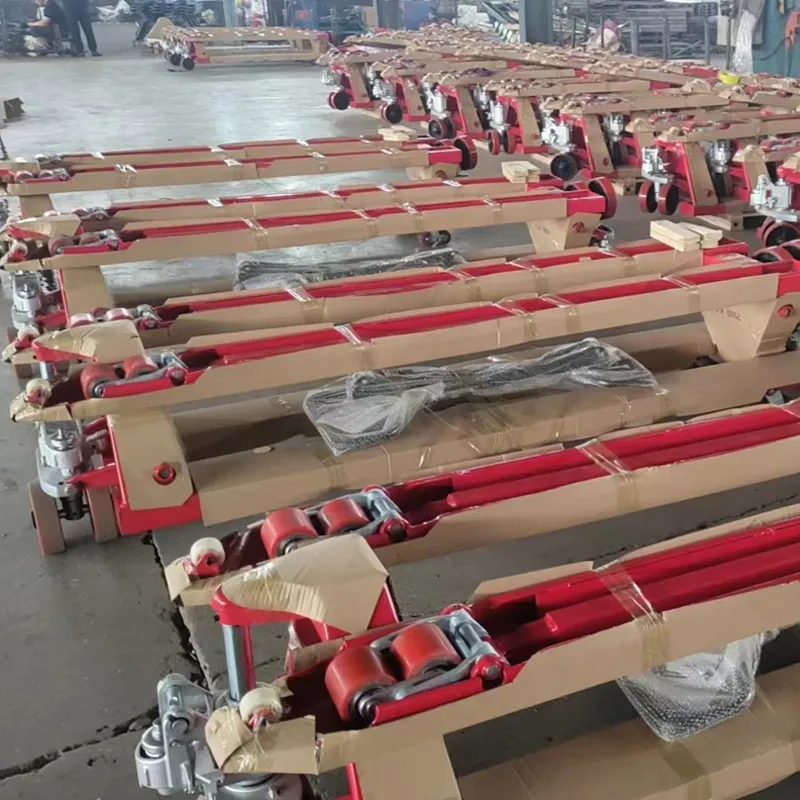Navigating the world of chain hoist operation requires not only technical skills but also a deep understanding of safety protocols and efficiency strategies. Chain hoists, whether manual or electric, are crucial tools in various industries, including construction, manufacturing, and shipping, due to their ability to lift heavy loads with ease. This article delves into the essential aspects of chain hoist operation to ensure safety, efficiency, and longevity of the equipment.

The first step in effective chain hoist operation is proper selection. Choosing the right hoist for the task involves considering several factors such as the weight of the load, the lifting height, and the operating environment. For instance, environments with high moisture levels demand hoists made of materials resistant to rust and corrosion. Additionally, an overload protection feature is crucial to prevent hoist damage and ensure operator safety. Consulting with a certified hoist specialist can offer guidance tailored to specific needs.
Installation and maintenance are critical components of safe chain hoist operation. Before using a hoist, conduct a thorough inspection to check for any signs of wear or damage, particularly on critical components such as hooks, chains, and brakes. Regular maintenance, such as lubricating the chain and ensuring all parts are securely attached, can extend the life of the equipment. Furthermore, adhering to the manufacturer's maintenance schedule can prevent unexpected failures and costly downtime.

When it comes to operational expertise, understanding load dynamics is crucial. Operators should be trained to identify the center of gravity of the load to prevent tipping or swinging, which can be dangerous. Ensuring that the load is balanced and securely fastened before lifting is paramount. Professionals often recommend using additional rigging equipment like slings or shackles to secure the load more effectively. In addition, a clear path free from obstacles should be established before starting any lifting operation.
chain hoist operation
Safety is the cornerstone of chain hoist operation. All personnel involved should be knowledgeable about safety protocols. Training should cover emergency procedures, such as how to safely lower a load in the case of power failure or mechanical malfunction. Moreover, operators must wear appropriate protective gear, including hard hats and gloves, to minimize the risk of injury. It's also advisable to establish a safety perimeter around the operation area to prevent unauthorized entry.
In the realm of efficiency, optimizing hoist operation can save both time and resources. This involves planning the lifting operation in advance to minimize movement and reduce cycle times. Utilizing advanced control systems can also enhance precision and control, allowing for smoother and more efficient load handling. For electrically powered hoists,
energy efficiency is another consideration. Choosing energy-efficient models not only reduces operational costs but also supports sustainable practices.
For companies looking to maximize their investment, integrating chain hoist operation into their overall workflow is crucial. This involves synchronizing tasks and ensuring that those responsible for operating the hoist are well-integrated into the broader operational team. Effective communication between team members can enhance coordination and reduce errors, ensuring that lifting operations are completed efficiently and safely.
In conclusion, mastering the operation of a chain hoist extends beyond just knowing how to lift a load. It encompasses a holistic approach that includes equipment selection, maintenance, operational expertise, safety, and efficiency. By fostering a culture of safety and continuous improvement, businesses can not only protect their workforce but also enhance productivity, thereby solidifying their reputation as industry leaders in their respective fields. Investing in regular training and staying updated with the latest advancements in hoist technology can further reinforce these efforts, making chain hoist operation a pillar of business success.








